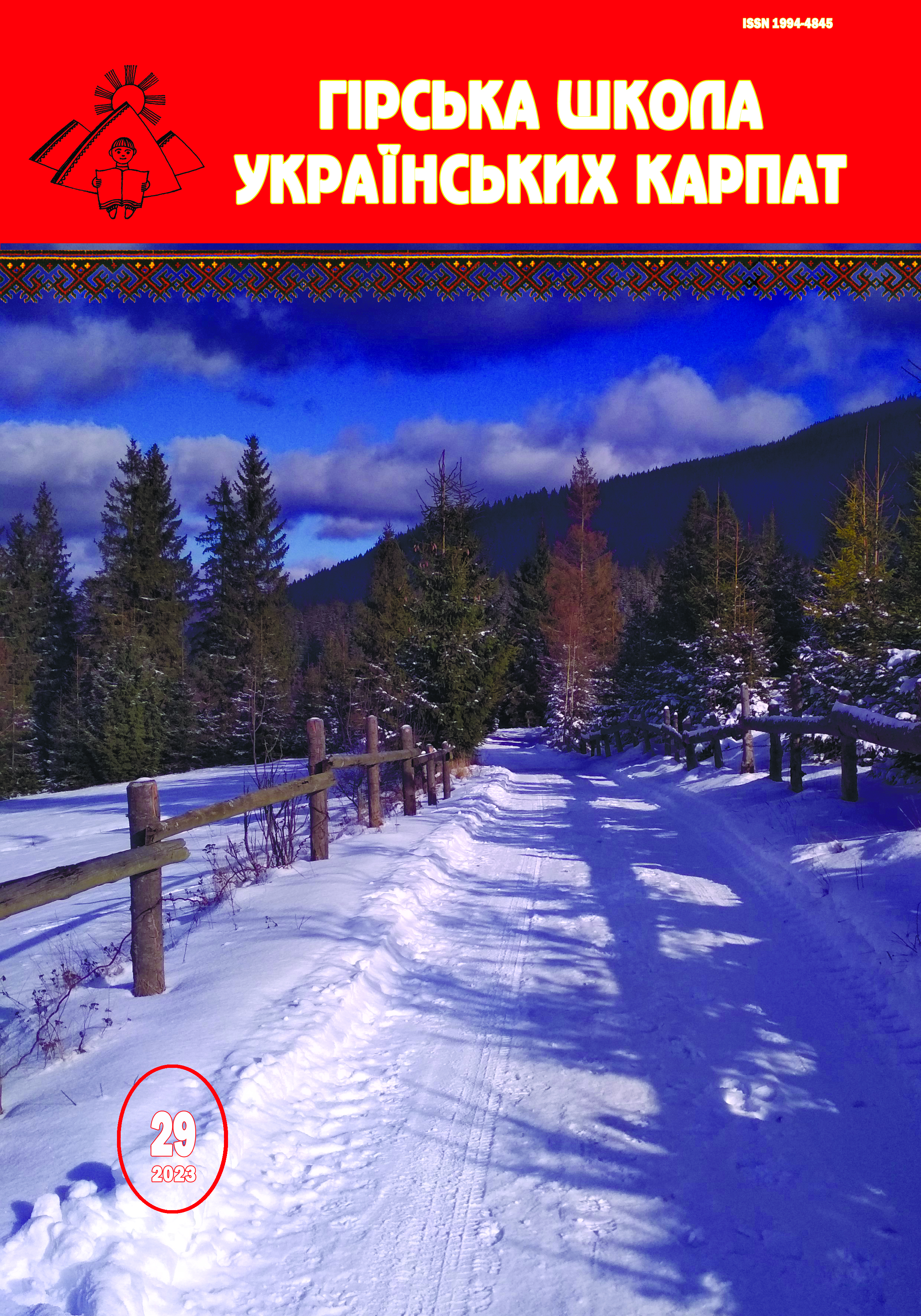SCHOOL EDUCATION OF ROMA CHILDREN IN TRANSCARPATHIA: THE HISTORY OF FORMATION AND DEVELOPMENT
DOI:
https://doi.org/10.15330/msuc.2023.29.71-74Keywords:
education, primary education, Roma population, TranscarpathiaAbstract
The Roma population has always been an integral part of the demographic diversity of Transcarpathia. However, representatives of this particular national community are traditionally the least involved in educational processes. Given the rights and opportunities for equal access to education for all citizens, regardless of their nationality, as well as the need to integrate the Roma population into civil society, the problem of involving Roma children in education, which depends on a number of conditions (social, economic, ideological, etc.), is relevant. The issue of "harming" Roma children in Transcarpathia at the state level began to be addressed in the early twentieth century, both through legal regulation and by establishing the first school for Roma children in Uzhhorod in 1926. Purpose: article is devoted to the study of the history of the formation and development of school education of Roma children in Transcarpathia. The methods are content analysis of historical, historical-pedagogical, archival and reference sources on the problem under study; problem-chronological method for studying trends in the development of school education of Roma children in Transcarpathia. Results. The article deals with the historical and pedagogical retrospective of the formation and development of school education of Roma children. For the first time, the question of the need for a settled lifestyle for Roma families arose during the Austro-Hungarian Empire, when the Hungarian government issued a decree on the fulfillment of civic duty in the context of protecting the homeland on the eve of World War I and the necessity of registering Roma children, their socialization and prohibition of begging. Later, when the territory of Transcarpathia was part of the Czechoslovak Republic, the Czechoslovak government initiated the issue of involving Roma children of school age in school. In 1923, with the assistance of the Abstract of Schooling of Subcarpathian Rus in Uzhhorod, Roma children began studying in separate classes of the Uzhhorod Ukrainian School. And in 1926, twenty-two Roma children entered the first grade of the newly built Roma school, which is considered the first such educational institution in Eastern Europe. During the Soviet period, the Transcarpathian Roma maintained a secluded lifestyle, moving from one end of the country to the other in search of work, and Roma children were rarely involved in school education (mostly only in primary school). The beginning of the twenty-first century for the Transcarpathian Roma is characterized by the consolidation of actions by the regional authorities, NGOs and representatives of the Roma intelligentsia to solve the educational problems of Roma children and the gradual increase in their coverage of general secondary, vocational and higher education.


